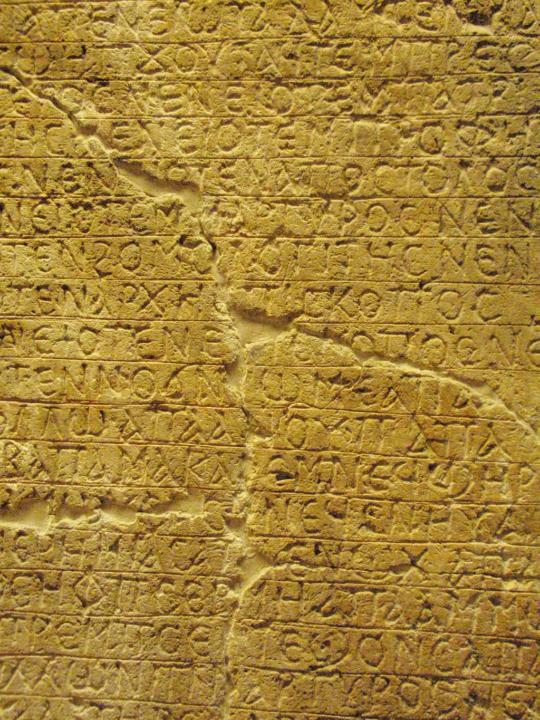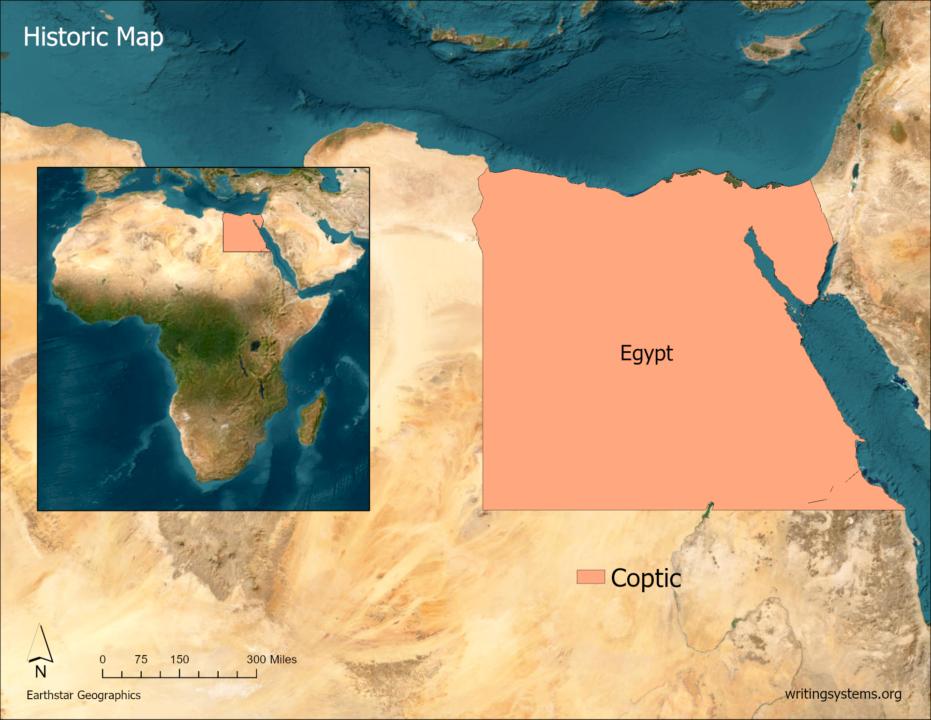“Coptic is the fifth and final stage of Egyptian. The history of Egyptian is by far the longest attested of any language. It begins with crude and partly undecipherable scribbles dated to the end of the fourth millennium BC . The first full-fledged texts appear around 2500 BC . By comparison, the history of Chinese begins in earnest only around 300 BC . The oracle-bone inscriptions of the late second millennium BC do not represent the language fully and are followed by a long gap in the preserved record. Aramaic, on the other hand, is first attested in the early first millennium BC and survives to the present day, though some centuries of its evolution in medieval times are undocumented.
The terms ‘‘Coptic’’ and ‘‘Egypt(ian)’’ both derive from the ancient name of Memphis, ‘‘House of the Ka of (the god) Ptah.’’ The sounds p and t in ‘‘Coptic’’ are those of ‘‘Ptah.’’ The fact that two different derivations of a single name denote Egypt before and during the Coptic Period symbolizes the striking differences in religion and language between the two. Pre-Coptic religion is polytheistic and eclectic. Coptic religion is monotheistic and Christian and revolves entirely around one book, the Bible. Pre-Coptic Egyptian is written in the Hieroglyphic, Hieratic, or Demotic scripts. Coptic is written with the Greek alphabet augmented by a few letters adapted from Demotic characters and denoting sounds not found in Greek.“
A Companion to Ancient Egypt, edited by Alan B. Lloyd, John Wiley & Sons, Incorporated, 2010. ProQuest Ebook Central, http://ebookcentral.proquest.com/lib/umw/detail.action?docID=537389.



